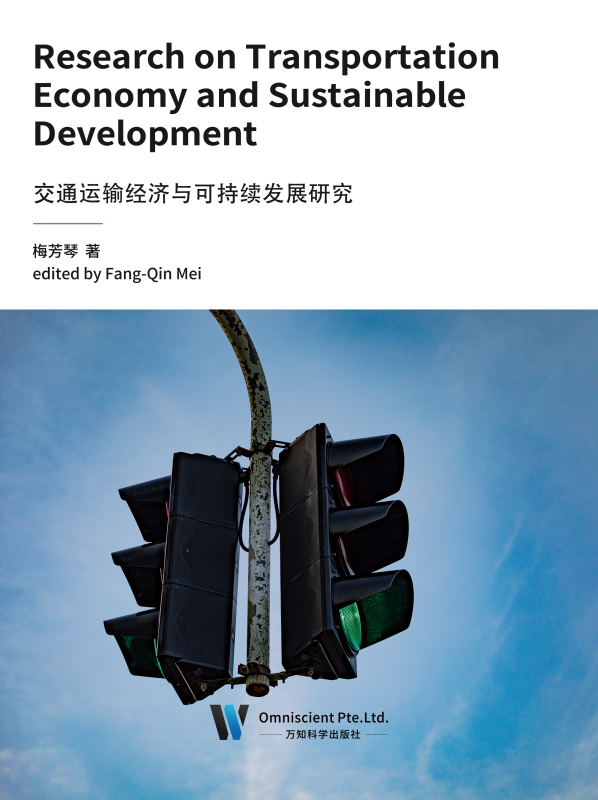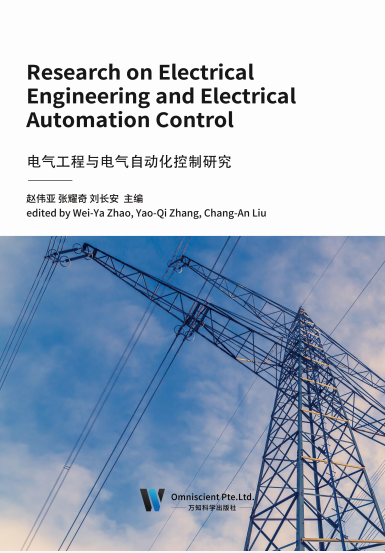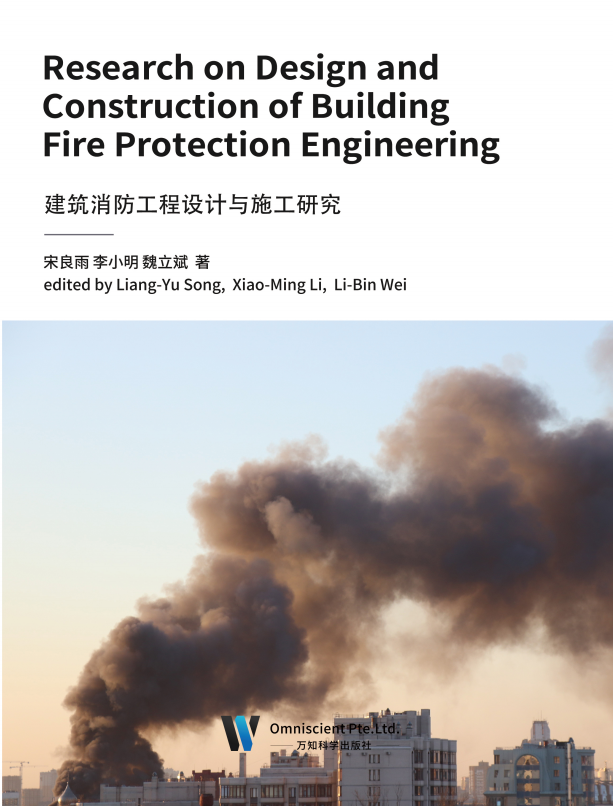
随着世界人口的老龄化及人们生活水平的提高,老年患者的住院率逐年上升,如何安全护理老年患者已经成为目前护理工作的重要课题。做好老年住院患者危险因素的评估、预防,创造良好的住院环境,提供周到的安全设施和护理,对促进老年患者的疾病恢复和生活质量的提高有着重要作用。
老年患者由于机体功能随着年龄而退化,加之其特殊的心理特点并多合并多种慢性病,具有病情相对复杂多变等特点,往往存有较多的安全隐患。护理工作不仅仅要求护理人员具有精良的技术、充足的知识,还要有对患者的爱心,是一种重技术更重服务的职业,体现了关怀照顾的专业实践和真诚服务的伦理责任。护理安全管理不仅仅是对护理效果进行评价的一个指标,同时更是对一个医院医护工作质量和管理水平衡量的标准。
本书通过临床观察总结了老年住院患者存在的安全问题,并针对护理风险提出相应的对策。

工业防腐涂料的应用领域广泛,一是新兴海洋工程,即海上设施、海岸及海湾 构造物、海上石油平台;二是现代交通运输,即高速公路护栏、桥梁、船艇、集装 箱、火车及铁道设施、汽车、机杨设茧;三是能源工业,即水工设备、水罐、石油 精制设备、石油贮存设备(油管、油罐)、输变电设备、核电系统防腐、煤矿;四 是大型工业企业,即造纸设备、医药设备、食品化工设备、金属容器内外壁、化工、 钢铁、石化厂的管道、贮槽、矿山冶炼、水泥厂设备、有腐蚀介质的地面、墙壁水 泥构件;五是市政设施,即煤气管道及其设施(如煤气柜)、天然气管道、垃圾处 理系统、污水水池、垃圾处理厂料坑、垃圾填埋场等。国际集装箱运输是全球一体 化的产物,造箱量呈现逐渐上升的趋势。
涂料产品不是最终产品,只有经过涂装后,涂层或涂膜才是用户需求的最终产 品,所以涂料技术和涂装技术的发展密不可分,相互促进。因此,未来在防腐涂料 的发展过程中,必须根据钢结构防腐要求的保护寿命、施工便捷性、四季适应性和 环境友好要求,在保证涂料基本性能的基础上,通过对树脂的研究、配方结构优化, 改善涂料的各种性能,包括防腐性能、耐化学品性能、对底材的附着力、长期的复 涂性、施工不受季节限制,具有良好的施工性。与此同时,涂料涂装配套体系的优 化在涂装中也占有十分重要的地位,它体现在各个行业的涂装规范和验收标准中。
我国涂装规范尚不完备,未来,将加快涂料标准的制定和实施,推动涂装配套 体系的完善和优化。我国防腐涂料正沿着高性能、高效率、低能耗和低污染的方向 前进,且有一部分水性防腐涂料生产企业采用低污染的原材料进行生产,防腐涂料 企业已经淘汰了禁止使用的各种涂料原料,取而代之的是更加环保的原料产品,以 达到产品节能减排、环境友好的目的。

交通运输与经济协调发展是现如今的时代需要,为了达到这个目标,需要结合实际情况设立完善的评价机制。凭借针对性的方法来对二者实施评估的方式展开探究,可以更加高效地借助信息来对这两个层面的共同完善发展实施研究,就他们未来的前景来讲,二者存在相辅相成的联系,我们要保证采用动态与静态相互融合的形式,以推动它们朝着更好的方向迈进。
交通运输作为社会生态经济系统的一个子系统,它的发展是社会国民经济可持续发展的一个重要组成因素。没有交通运输的发展就无法呈现社会国民经济的发展,也就是说,需有一个完整合理、可持续发展的交通运输体系,才能有社会国民经济的可持续发展。现今社会,国民经济发展和交通运输发展体系是一样的,包括生态环境、能源资源、人口状况等不相协调的缺点。所以,为适应社会经济可持续发展,交通运输必须采取可持续发展的策略。交通运输与经济的发展是相辅相成、相互影响的,要实现“双赢”,就必须协调交通运输与经济的发展,只有这样,我们才可以保证社会和谐发展,从根本上提升国民生活水平,保证我国始终保持世界强国的水平。

我国的电气自动化技术随着科技的发展以及经济实力的增强而不断发展,目前 电气自动化技术在电气工程中的应用较为广泛,几乎大部分与电气工程相关的设施 都能够发现电气自动化技术的应用,尤其是近几年电气自动化技术逐渐应用在电网 调度以及配电系统当中使得我国供电系统的先进性再一次被提高,而电气自动化技 术的可靠性和实用性也是极为突出的,因此,利用电气自动化技术在很大程度上能 够节约人力成本并提高工作效率。
随着我国科学技术以及社会经济的不断发展,我国电气工程方面的技术手段也 在突飞猛进当中。因此,我国对电力工程方面的要求也越来越高。电气工程及其自 动化在工业生产中优势明显,生产效率高,生产的产品质量好,降低了人力资源成 本,提高了企业效益。随着人工智能技术的日益成熟与广泛应用,电气工程及自动 化控制领域通过引入该技术,在设备控制、故障诊断等方面朝着智能化的方向大步 迈进。
电子电力技术和现代信息技术的发展和成熟为我国电力系统的改善和进步提 供了良好的契机。无论是在机械化工厂,还是在办公室办公,电力系统都发挥着重 要的作用。伴随着自动化技术的深入发展,不仅提高了整个电力系统的运行效率, 而且还使得企业的人力资源和物力资源得到了有效利用。因此,作为一项新型的科 学技术,电气自动化技术值得在现代电力系统中大力推广和使用。

近些年,随着我国城市经济的持续发展,大量的城市建筑物出现。随着建筑设计高度越来越高,功能越复杂,现代消防的使用和规范加强,稳定的消防系统在建筑中显得尤为重要。近几年频繁发生建筑火灾事件,这些问题严重影响了人们的正常生活以及生命财产的安全等。想要改善建筑消防功能,减少火灾事故,消防设计相关人员就必须对这些问题进行重视。根据建筑工程建设的具体情况,合理地设计建筑消防系统,从根本上解决问题,才能更好地避免建筑火灾事件的发生。
近些年,建筑火灾事故时有发生,不仅造成了巨大的经济损失,还给群众安全带来严重威胁。建筑消防安全得到人们越来越多的重视。设计人员要在遵守国家设计规范及各种规定的情况下,合理设计消防系统,选择正确的消防设备。施工部门要严格按照设计要求完成消防器材、设备和管道的安装工作,从而保障在建筑物发生火灾时,消防人员能够及时扑灭火灾,降低人民的生命财产安全损失。
建筑消防设计对人们的生命财产安全具有非常重要的意义,所以提高设计人员的消防意识是很有必要的。加强建筑内部的安全设计是非常重要的,关于安全通道设计、自动喷水设置、排水设计等方面的内容,要进行合理规划。同时,提高人们对消防系统设备的使用也是非常重要的,这样才能更好的减少火情,提高消防工作的效率,从而更好地保证人们的人身安全。